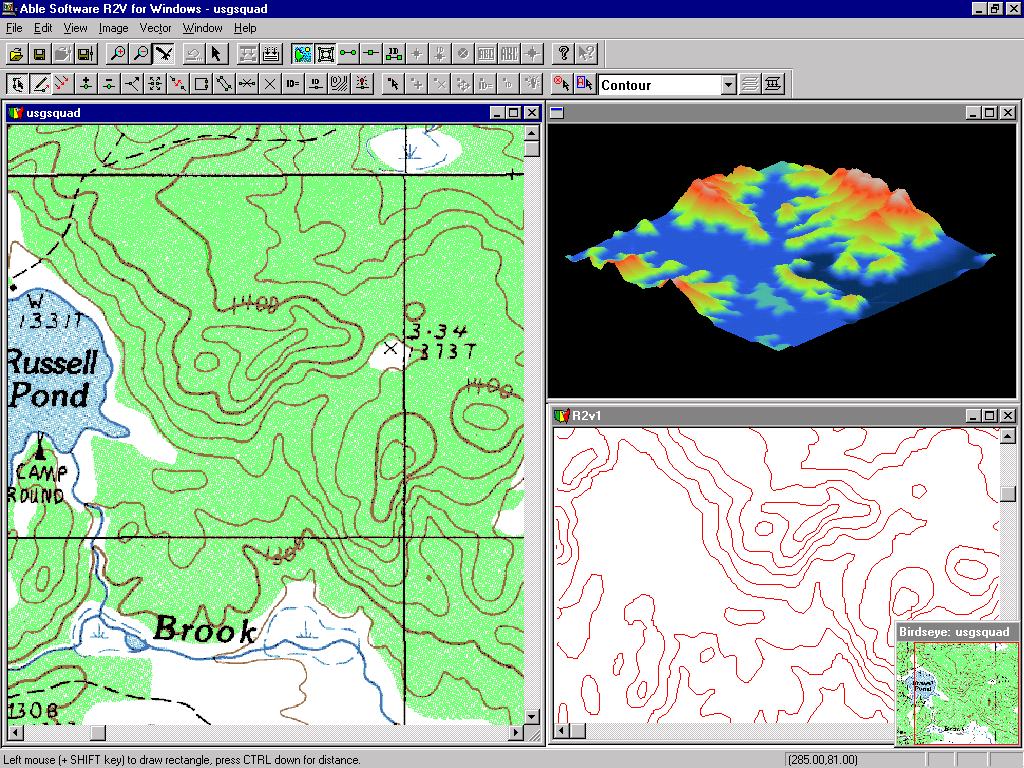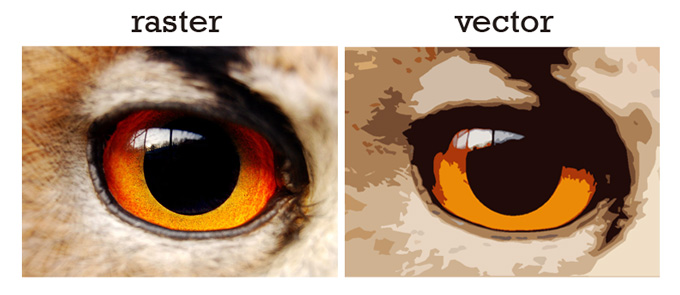

Clarendon Press, Oxford 193 pīurrough PA (1998) Dynamic modeling and geocomputation. Clarendon Press, Oxfordīurrough PA (1987) Principles of geographical information systems for land resources assessment. WDC Publications, Ottawaīurrough PA (1986) Principles of geographical information systems for land resource assessment. KeywordsĪronoff S (1989) Geographic information systems: a management perspective. Data derived from remote sensing, GPS, and field surveys could be effectively used in GIS in mapping, monitoring, and management of land resources and dissemination of information at appropriate destinations in various location-based applications. Recent advances in computer technology, remote sensing, GPS, and communication technology augmented the development of enhanced functions of GIS in the field of data generation, management, analysis, and display. GIS is being widely used as spatial analysis tool for effective and efficient means of data generation, management, analysis, and display. Before generation of any spatial data, one has to understand the available data types, data analysis procedures, and their capabilities in GIS to get realistic outputs.
#Gis digital raster graphic manual
Manual digitization of existing paper maps, existing digital data, aerial photographs, remote-sensing satellite imagery, and global positioning system (GPS) are promising sources for data input in GIS. Advanced GIS can address questions related to location, condition, trends, patterns, and modeling.

GIS constitutes hardware, software, data, people, and methods. GIS is a computerized database management system for capturing, storing, validating, maintaining, analyzing, displaying, and managing spatially referenced data with a primary function to integrate data from a variety of sources. The handling of spatial data involves data acquisition, storage and maintenance, processing, analysis, and output. The introduction of modern technologies has led to an increased use of computers and information technology in all aspects of spatial data handling. Data can be in the form of locational data (such as latitudes/longitudes) or tabular (attribute) data. The data can be derived from different sources such as survey data, geographical/topographical/aerial maps, satellite data, or archived data. Geographic information system (GIS) is a computer-assisted system for capture, storage, retrieval, analysis, and display of spatial data and nonspatial attribute data.


 0 kommentar(er)
0 kommentar(er)
